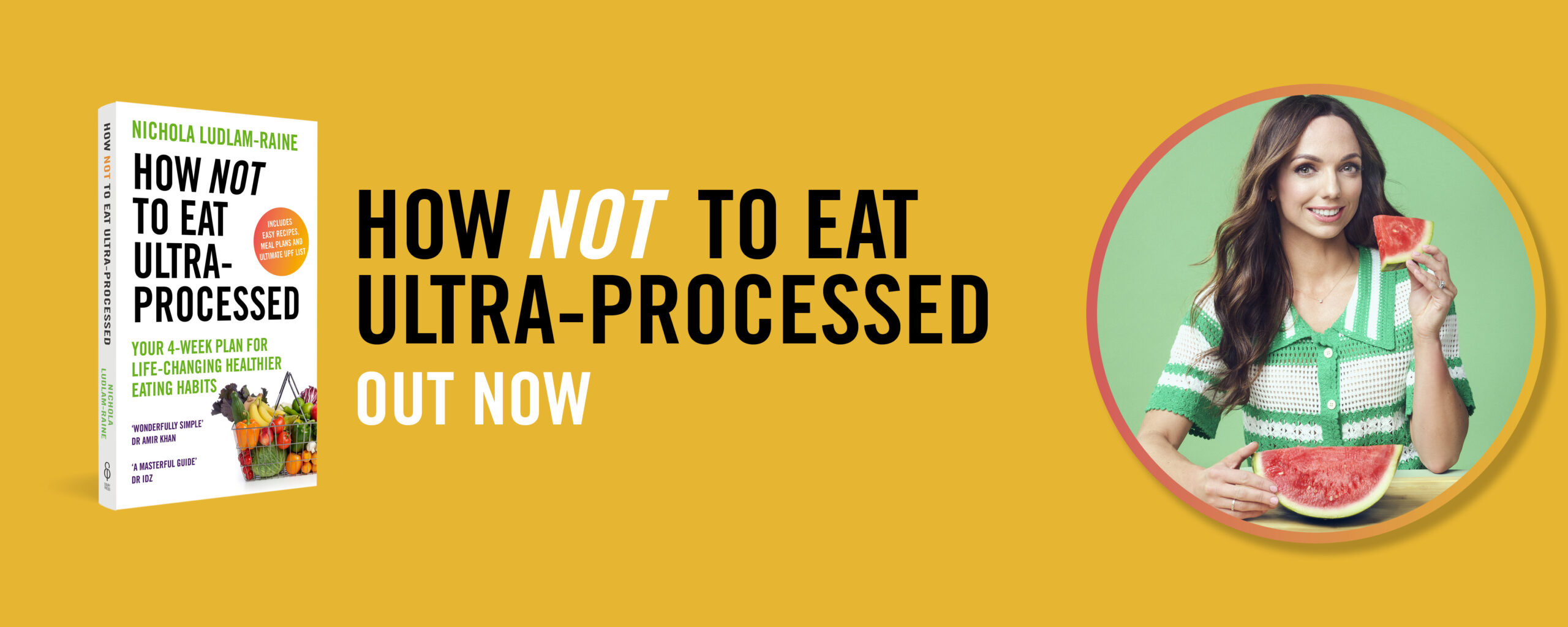
Have you heard of the low FODMAP diet? Are you wondering if it can help with your IBS?
Read this blog post to find out what it is all about and to see if it can benefit you.
This post is written by my friend & gut health dietitian Kirsten Jackson
https://thefoodtreatmentclinic.com
What is the low FODMAP diet?
The low FODMAP diet is a 3 stage diet which enables you to pinpoint your specific triggers and to help you to eat food without fear and debilitating symptoms.
The 3 stages of the diet are restriction, reintroduction and modification of your long-term diet depending on what your reactions were. You can read more about it further down the page.
Evidence suggests that around 57-72% of people get symptom relief through this diet (2). However, it is complex and restrictive so needs to be done under the supervision of a Registered Dietitian.
It is important to note that this is not a forever diet. It is only temporary and should only be done to be able to find your specific gut triggers.
What are FODMAPs?
FODMAPs are a group of carbohydrates (sugars) that are found in a variety of foods.
FODMAP stands for;
Fermentable
Oligosaccharides
Disaccharides
Monosaccharides and
Polyols
(1).
Most of your food is broken down and absorbed in the small bowel (the tube after your stomach), but this is not the case with FODMAPs.
FODMAPs pass through your small bowel and end up in your large bowel where they are broken down by lots of good gut bacteria, giving off gas. This process is known as fermentation and it can cause symptoms of pain, excess gas and bloating in people with IBS.
FODMAPs can also draw in water to the large bowel which can result in loose, urgent bowel motions.
Why should you follow a low FODMAP diet?
The aim of this diet is to reduce IBS symptoms by pin-point specific dietary triggers. Therefore, if you struggle with symptoms such as wind, bloating, abdominal pain and diarrhea, then the low FODMAP diet may be for you.
Before considering the low FODMAP diet, it is vital that you have an accurate diagnosis of IBS. This is because your symptoms may not be due to IBS and could be caused by other conditions such as inflammatory bowel disease, coeliac disease or even bowel cancer (3).
The 3 stages of the low FODMAP diet
Stage 1: Restriction Phase
All high FODMAP foods need to be cut out of your diet. This gives the gut a break and enables you to see if you are sensitive to FODMAPs or not.
This phase should last between 2-6 weeks maximum. How quickly your symptoms improve will vary from person to person
It is important that you do not stay in this stage for longer than 6 weeks as this can have negative effects on your gut health by reducing the amount of good gut bacteria in your gut (4).
Stage 2: Reintroduction Phase
After 4-6 weeks of restriction it is important to start reintroducing high FODMAP foods to be able to find out which foods are triggering your gut symptoms.
Each FODMAPs should be tested on its own by using a food which contains just that 1 FODMAP. This will give you clarity on what is causing your symptoms.
You should reintroduce each FODMAP over 3 days, slowly increasing the portion each day unless you get symptoms. This will show you how much of the FODMAP you can tolerate before it causes symptoms.
Tolerance levels will vary from person to person.
This stage can take around 4-5 weeks in total with all the FODMAP group reintroductions.
Stage 3: Personalisation Phase
By this point you will have identified all of your triggers and learnt how much of which FODMAP groups you can tolerate on their own.
Now you need to personalise your own diet to find out which combinations of FODMAPs you can tolerate together and how often you can have them without getting symptoms. The aim is to have a diet as close to normal as possible with a wide variety of foods.
Why is it so important to reintroduce FODMAPs?
You may get great symptom relief in the restriction phase and wonder why it is so important to reintroduce FODMAPs back into your diet.
Here are the main reasons why:
- Gut bacteria – Restricting FODMAPs from your diet can negatively affect your good gut bacteria (4). This change can happen within the first 4 weeks of the restriction phase, so the sooner you get FODMAPs back into your diet the better.
- Restrictive diet – Cutting out FODMAPs completely can lead to an unnecessary restrictive diet. This can create a poor relationship with food and can lead to nutritional deficiencies.
- Low calcium intake – Research suggests that people on the low FODMAP intake have a lower calcium intake especially in the restriction phase of this diet (5).
Summary
The low FODMAP diet is an effective 3 step diet which enables you to pinpoint your food intolerances. It should be done under the supervision of a Registered Dietitian to do this accurately, safely and for the best results.
The low FODMAP diet is not a forever diet, it is just to find your triggers in order to reduce gut symptoms. So although it is restrictive, it is only temporary.
Please make sure you have an accurate diagnosis before starting this diet and other gut conditions have been ruled out by your doctor.
